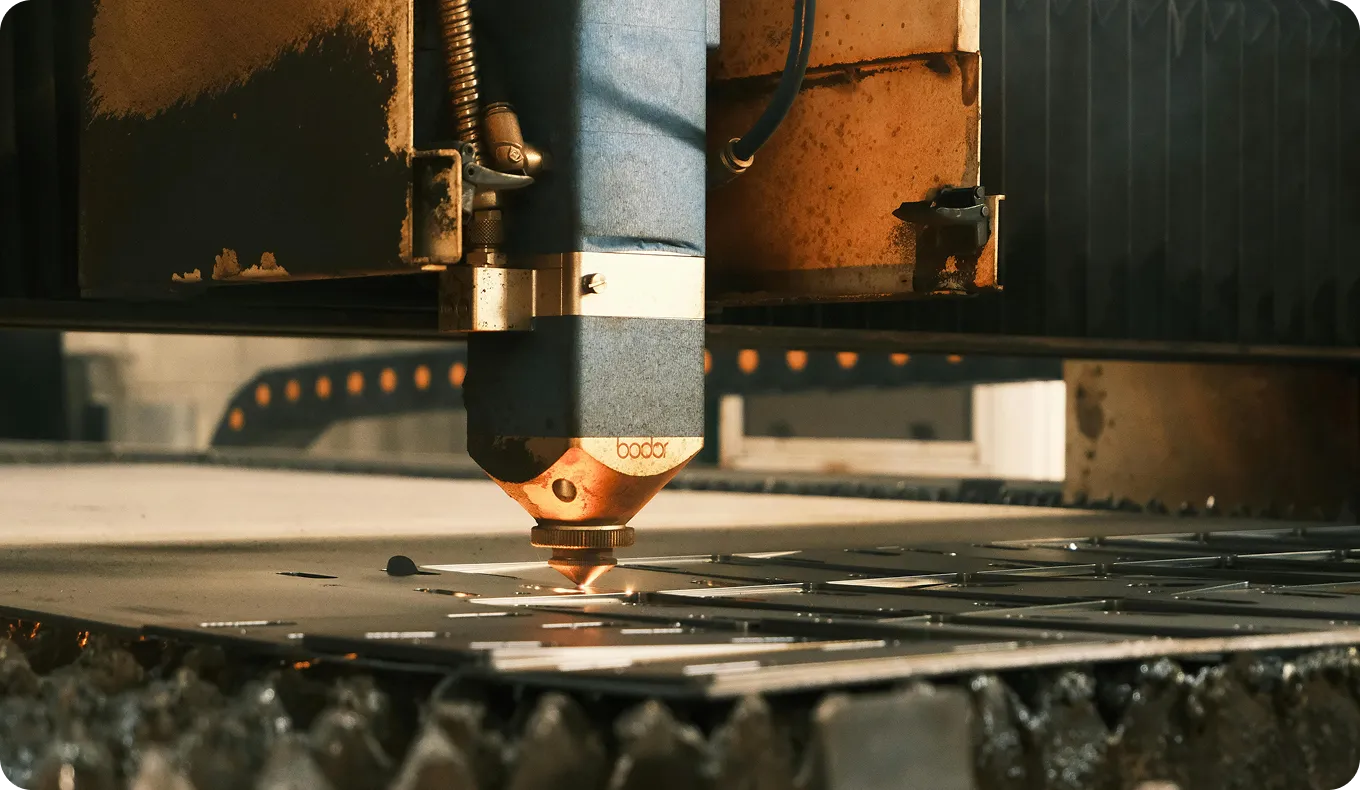Non-Maximum Suppression (NMS)
Discover Non-Maximum Suppression (NMS) for object detection. Learn how it refines results, enhances accuracy, and powers AI applications like YOLO.
Non-Maximum Suppression (NMS) is a fundamental post-processing algorithm used in computer vision, particularly in object detection tasks. Its primary purpose is to clean up the output of a detection model by filtering out redundant and overlapping bounding boxes to ensure that each object is identified only once. When an object detection model, such as Ultralytics YOLO, makes predictions, it often generates multiple candidate boxes around the same object, each with a different confidence score. NMS intelligently selects the single best bounding box for each object and suppresses, or eliminates, all other overlapping boxes that are considered non-maximal.
How Non-Maximum Suppression Works
The NMS algorithm operates by iterating through the predicted bounding boxes and making decisions based on two key metrics: confidence scores and the Intersection over Union (IoU) threshold. The process can be summarized in these steps:
- Sort by Confidence: All predicted bounding boxes are first sorted in descending order based on their confidence scores. The box with the highest score is considered the most likely to be correct.
- Select the Best Box: The bounding box with the highest confidence score is selected, and all other boxes that have a high IoU with this selected box (i.e., they overlap significantly) are removed from the list.
- Repeat: The process is repeated with the remaining bounding boxes until all boxes have been either selected or suppressed.
The IoU threshold is a critical, user-defined hyperparameter. A low IoU threshold will result in fewer detections, as it will suppress boxes that have even a small overlap, while a high threshold might allow multiple detections for the same object. Fine-tuning this threshold is often part of optimizing a model's performance on a specific dataset.
Applications of Non-Maximum Suppression
NMS is a crucial component in many real-world AI applications that rely on accurate object detection.
- Autonomous Vehicles: In self-driving cars, object detection systems must accurately identify pedestrians, cyclists, and other vehicles from various camera and LiDAR inputs. NMS ensures that a single pedestrian is not detected as multiple individuals, providing a clean input for the car's path planning and decision-making systems. This prevents erratic behavior like unnecessary braking caused by redundant detections. More details can be found in research on 3D object detection for autonomous driving.
- Medical Imaging: In medical image analysis, NMS is used to refine the detection of anomalies like tumors or lesions in CT or MRI scans. For example, when using a model like YOLO11 to detect tumors, NMS helps ensure that a single tumor is pinpointed with one bounding box, improving the accuracy of diagnoses and treatment planning as explored in medical imaging research.







.webp)
